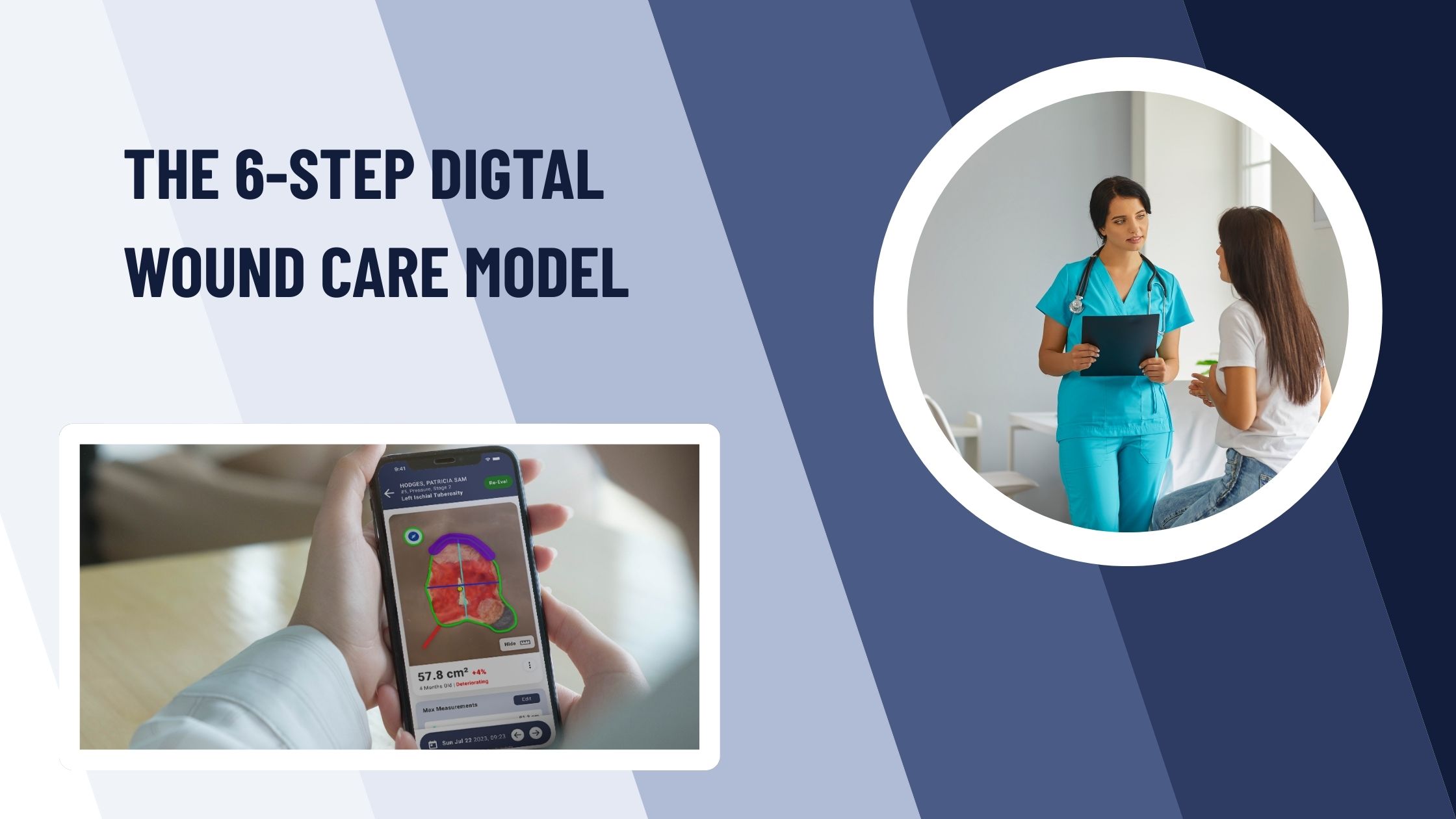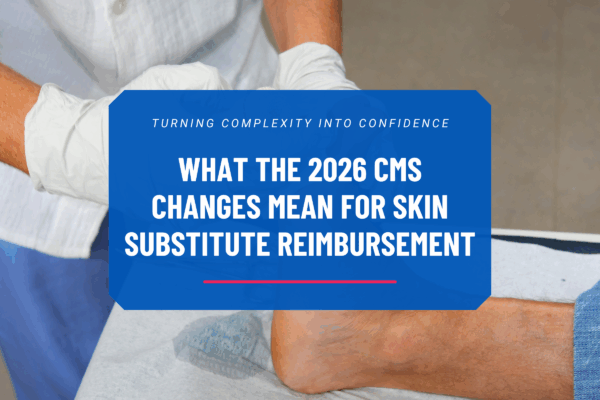Wound care programs often struggle with fragmented processes and inconsistent outcomes. The Digital Wound Care Maturity Model offers a clear path to elevate care quality, improve operational efficiency, and embrace innovation. The model was originally built for hospital wound care programs which are often overshadowed by larger, more defined service lines. But the model holds true for all settings.
The Digital Wound Care Maturity Model was built to guide healthcare providers to progressively advance their programs for superior clinical, operational and financial outcomes. The model can be leveraged to:
- Assess the current state of wound care programs
- Understand the requirements to advance wound care programs
- Design and implement a state-of-the-art wound care program
The Digital Wound Care Maturity Model is comprised of six stages. Each stage grows in complexity to match the increasing sophistication of the program. Below are the stages redefined to apply to all care settings, from home health to mobile providers and outpatient clinics to skilled nursing facilities.

- Reactive Wound Care: Operates with basic documentation and dressing change functions
- No dedicated wound care team/expertise
- Manual paper-rule measurements
- No wound care policies/protocols
- Manual documentation
- No wound care specific analytics
- Responsive Wound Care: Supported by trained wound and ostomy nurses or physicians providing relatively basic wound care services
- Trained wound care staff
- Manual paper measurements and digital cameras
- Manual documentation and handwritten photo annotations
- Minimal wound care policies/protocols
- No wound care specific analytics, but census reports of service activity
- Conscientious Wound Care: Comprised of a team of wound care specialists, standardized wound care policies and tools
- Small but dedicated wound care team
- Limited use of digital wound measurement technology (i.e., only used by the wound care team)
- Manual documentation with EMR “templates”
- More comprehensive wound care policies/protocols
- Minimal wound care specific analytics
- Accountable Wound Care: Involves a multidisciplinary team approach with direct care supported by advanced wound management technology and quality improvement driven by data and analytics
- Interprofessional approach to wound care with a highly specialized team
- Point-of-care imaging and measurement technology integrated with the EMR
- Analytics to drive quality improvement initiatives
- Comprehensive wound care policies/protocols updated regularly
- Coordination between inpatient and outpatient settings
- Proactive Wound Care: Extends services across care settings—enabling a patient-centric approach which can predict clinical outcomes, personalize treatments and prevent wounds and wound-related complications
- Interdisciplinary wound care team and standardized, cross-continuum consultation process
- Cross-continuum analytics to intelligently flag and triage patients, prioritize at-risk patients and deliver preventative care
- Highly standardized and frequently updated wound care policies/protocols and patient education materials
- Remote monitoring of patients to reduce adverse events and avoidable complications
- Preventative Wound Care: Leverages cutting-edge advancement in AI and medical imaging to optimize wound healing and prevent wounds before they even develop
- Highly integrated, interdisciplinary team approach that extends into the community
- Established risk screening processes
- Preventative care pathways for high-risk patients
- Wound care policies/protocols updated regularly based on real-world patient outcomes
- Adoption of subdermal (beneath-the-skin) imaging to identify incipient signs of deep tissue injuries or barriers to healing to drive early intervention/prevention
- Use of AI-enabled technologies to support diagnostics and treatment recommendations

The Digital Wound Care Maturity Model is designed to provide a meaningful framework to help you evaluate and elevate your wound care program. Whether you’re just beginning your journey or striving to reach the most advanced stage, this model offers a clear path toward better patient outcomes, operational excellence, and innovation. By embracing a structured approach to digital transformation, care teams across all settings can unlock new levels of efficiency, collaboration, and healing. The future of wound care is proactive, predictive, and preventative—and it starts with a single step forward.





